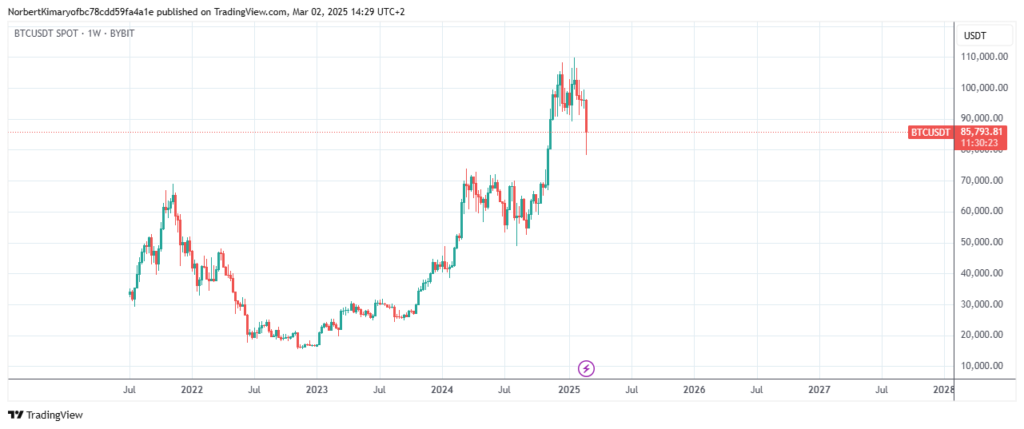Part 2: Integrating Cryptocurrencies into Intermarket Trading Strategies
In the second part of this series, we turn our attention to the cryptocurrency market and its role in intermarket trading. Cryptocurrencies like Bitcoin, Ethereum, and others have added a new dimension to the financial ecosystem, influencing and being influenced by traditional markets like stocks, bonds, forex, and interest rates. Let’s explore these connections and how traders can use them to their advantage.
Cryptocurrencies and Risk Appetite:
Cryptocurrencies are often considered high-risk assets, akin to tech stocks or emerging market equities. When investors have a high-risk appetite (bullish sentiment), they tend to allocate funds to speculative markets like crypto. Conversely, during periods of risk aversion (bearish sentiment), funds typically flow into safer assets like bonds or Gold.
Key insight: Cryptocurrencies often rise during periods of optimism in equity markets and decline when investors seek safety.
The Dollar and Bitcoin Relationship:
The U.S. dollar plays a significant role in the crypto market. A weaker dollar often boosts Bitcoin prices, as Bitcoin is seen as a hedge against currency devaluation. Conversely, a stronger dollar can weigh on Bitcoin and other digital assets.
Key insight: Monitoring forex markets, particularly the U.S. dollar index (DXY), can provide clues about crypto trends.

Inflation, Interest Rates, and Crypto:
Cryptocurrencies, particularly Bitcoin, are often touted as an inflation hedge. When central banks print money or lower interest rates, inflation concerns rise, and crypto markets can benefit. However, as central banks increase interest rates to combat inflation, cryptocurrencies may face downward pressure, as higher yields on bonds make crypto less attractive.
The Emerging Correlation Between Tech Stocks and Crypto:
Tech stocks and cryptocurrencies share similarities in terms of growth potential and risk. Both markets are heavily influenced by innovation and investor speculation. As a result, a tech stock rally often coincides with a crypto rally, while a tech sell-off can trigger a crypto downturn.
Key insight: Following the NASDAQ or other tech-heavy indices can help traders anticipate crypto market trends.
Intermarket Trading Strategies with Crypto:
- Diversify Across Markets: Use intermarket relationships to spread risk. For example, balance high-risk crypto positions with safe-haven assets like bonds.
- Monitor Leading Indicators: Watch bond yields, the dollar index, and equity markets for early signals of crypto price movements.
- Hedge Using Forex and Bonds: Use forex and bond positions as hedges against adverse crypto movements.
Conclusion
Cryptocurrencies have added complexity to intermarket trading but also created new opportunities. By understanding how crypto interacts with stocks, bonds, forex, and interest rates, traders can make more informed decisions and create robust strategies. Whether you’re a forex trader venturing into crypto or a crypto enthusiast looking to diversify, intermarket trading is a valuable approach to navigating today’s interconnected financial world.




